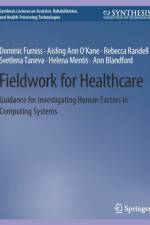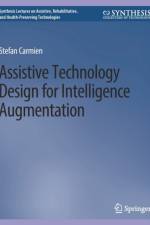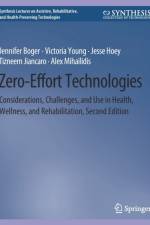von Franceli L. Cibrian
53,00 €
Attention Deficit Hyperactivity Disorder (ADHD) is the most prevalent childhood psychiatric condition, with estimates of more than 5% of children affected worldwide, and has a profound public health, personal, and family impact. At the same time, a multitude of adults, both diagnosed and undiagnosed, are living, coping, and thriving while experiencing ADHD. It can cost families raising a child with ADHD as much as five times the amount of raising a child without ADHD (Zhao et al. 2019). Given the chronic and pervasive challenges associated with ADHD, innovative approaches for supporting children, adolescents, and adults have been engaged, including the use of both novel and off-the-shelf technologies. A wide variety of connected and interactive technologies can enable new and different types of sociality, education, and work, support a variety of clinical and educational interventions, and allow for the possibility of educating the general population on issues of inclusion and varying models of disability.This book provides a comprehensive review of the historical and state-of-the-art use of technology by and for individuals with ADHD. Taking both a critical and constructive lens to this work, the book notes where great strides have been made and where there are still open questions and considerations for future work. This book provides background and lays foundation for a general understanding of both ADHD and innovative technologies in this space. The authors encourage students, researchers, and practitioners, both with and without ADHD diagnoses, to engage with this work, build upon it, and push the field further.














